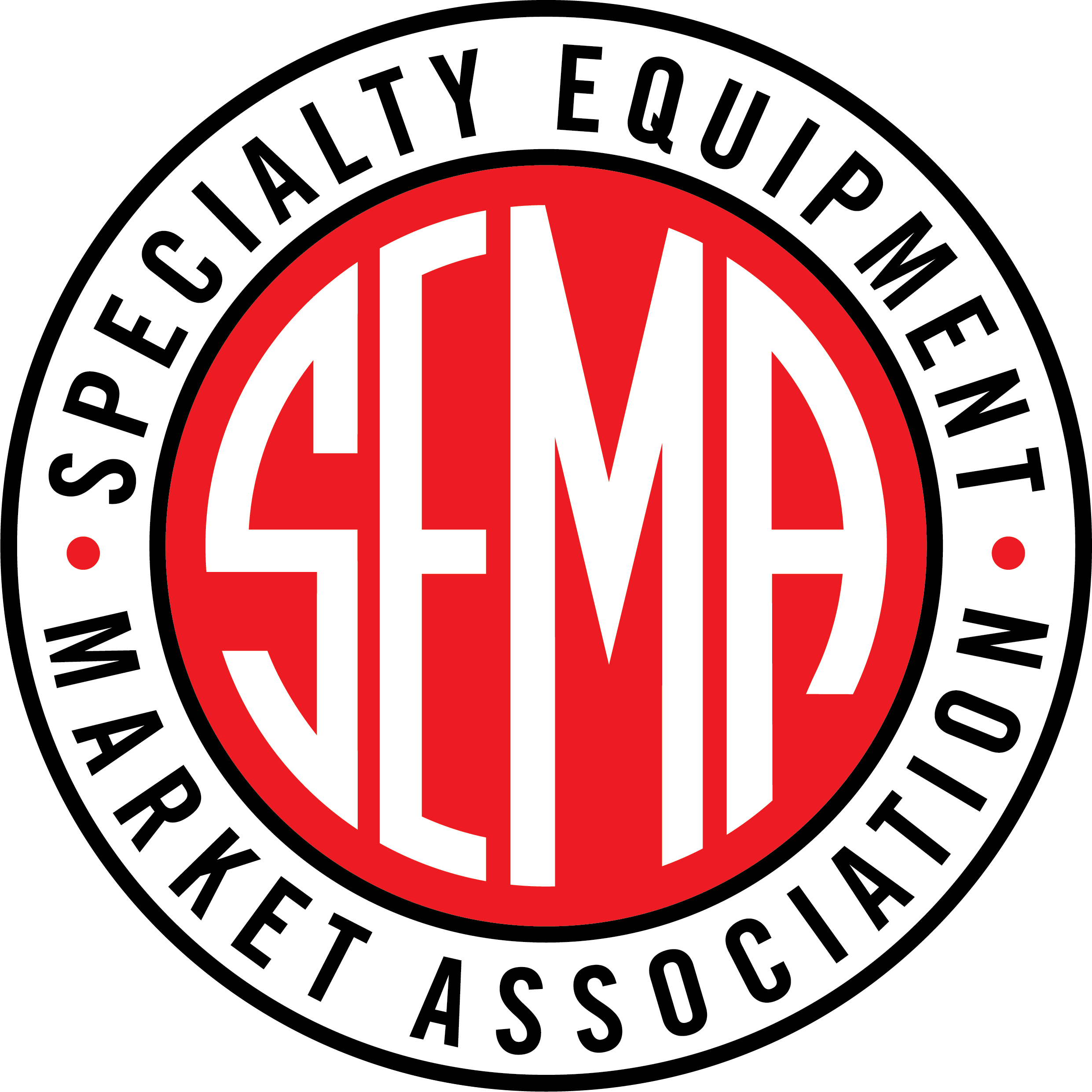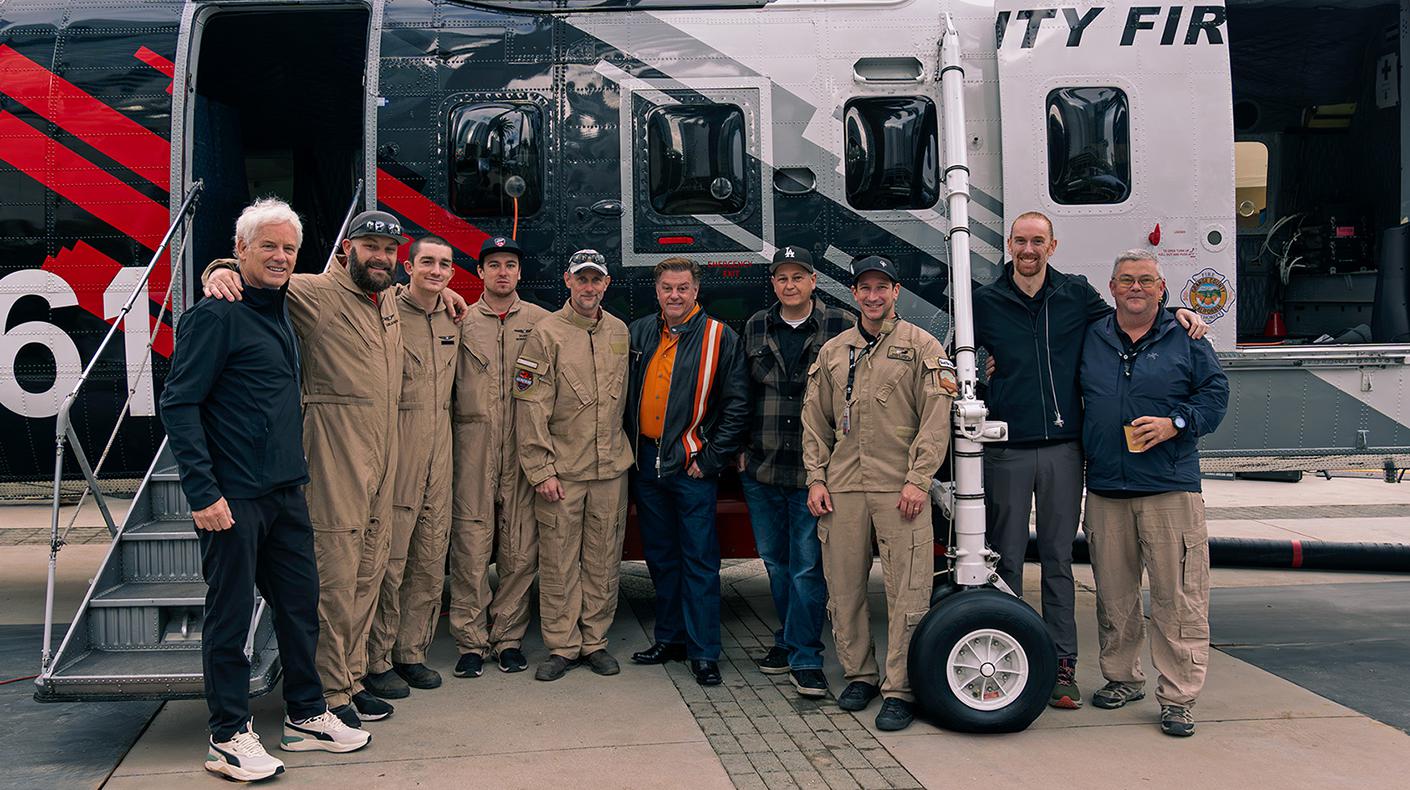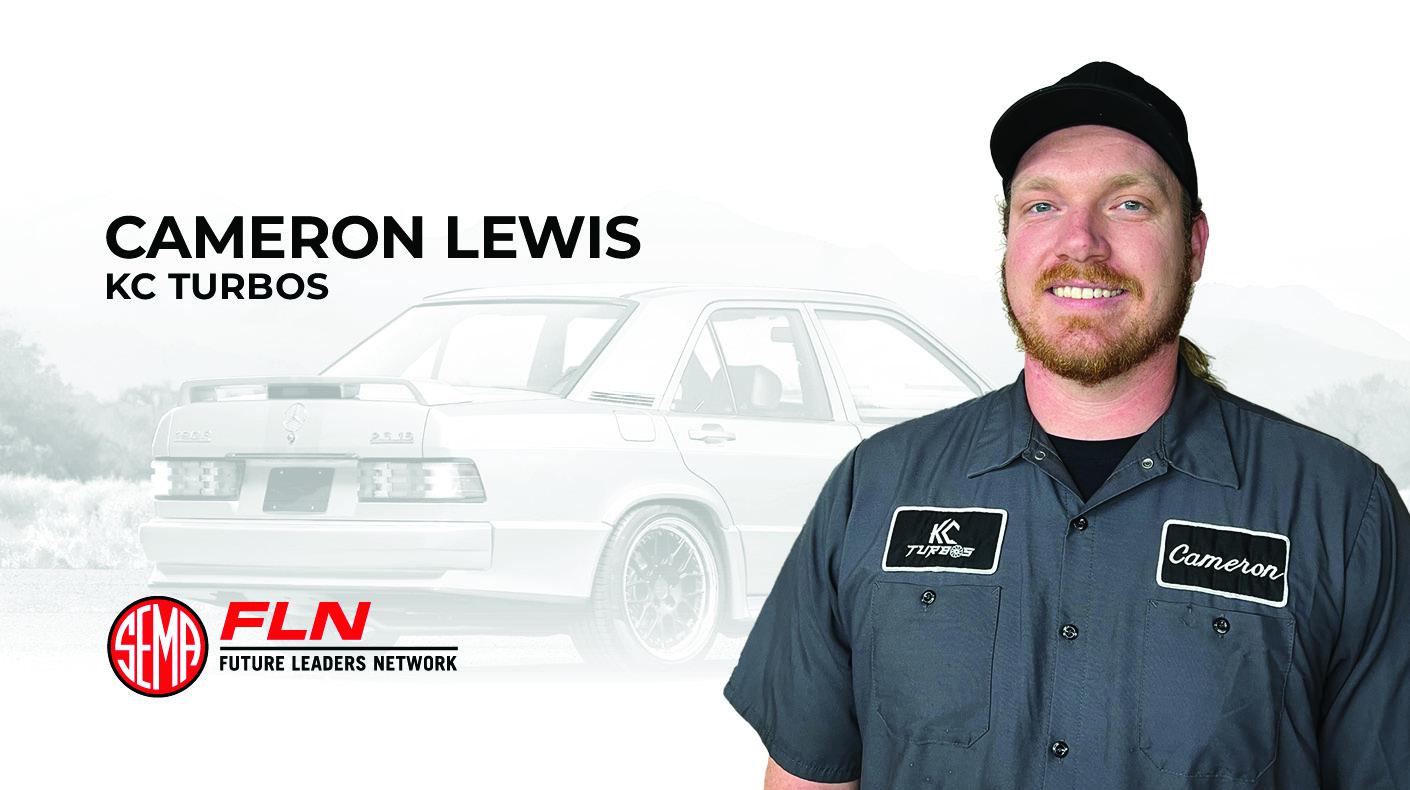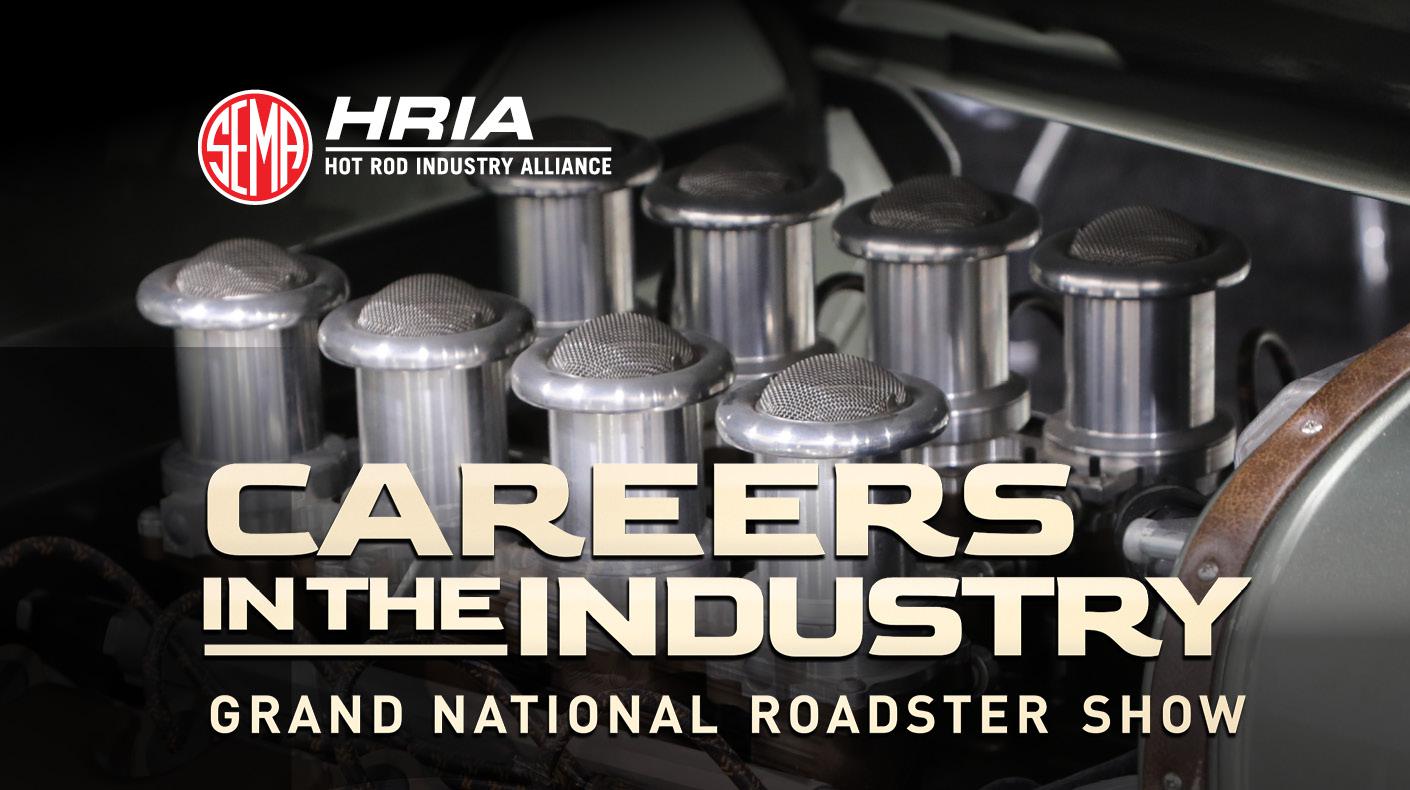By Ashley Reyes

SEMA's Automotive Restoration Market Organization (ARMO) has named Muscle Car Restorations as the council's newest spotlight member. Get to know the company's story in the SEMA News interview with Muscle Car Restoration Owner John Balow below.
SEMA News: Tell us the story of your business. How did you start?
John Balow: Muscle Car Restorations all started when I was building "Building No. 1," now our metal fabrication building, for personal use. I was about half done, and I had fully restored a '63 Plymouth Sport Fury a year earlier and decided to sell that vehicle to generate cash to finish the building. I was building for personal use and subsequently sold the Fury to a man in North Carolina. I sold it for $17,000, which I needed to finish the building, the electrical, concrete and everything, so I could move into it for personal use.
The buyer took that car in January of 1988 to Barrett-Jackson and set a world record for a '63 Sport Fury with a clone Max wedge engine for $38,000. Within 60 to 90 days, I had six people call me on the phone and say, "I saw the car that you did at Barrett-Jackson," and they were so impressed with the quality, craftsmanship and attention to detail that they said, "Would you do my car like you did that one?" And I said, "Yes."
That was the beginning of Muscle Car Restorations.
I never did move into the building for personal use. I got a sales tax license right away and formed a business name and a corporation, and the next thing you know, we were in business. Now we're 25 employees later, 37 years later and 500 restorations later, and still going.
SN: What was your breakthrough moment?
JB: We have had a few breakthrough moments. One big moment came in 1989 when I met Roland Osborn, the founder of Chrysler Power magazine. I approached him and asked how I could get one of our cars in a magazine, and he simply told me to take good photos, write a story and send it to him. That advice led to my first feature and marked the beginning of our presence in the media.
Another breakthrough happened in 1997 when our Chrysler 300 convertible won Mopar Nationals Best of Show, scoring the highest in OEM judging, which opened doors to more brand visibility.
Another turning point was in 1998 when I met Jerry Pitt, the new editor of Mopar Muscle. He not only featured our work but connected us with major suppliers and partners, including Holley and Year One. Through that relationship, Holley hired us to build a few cars for them after seeing the work we had done through Jerry Pitt. Our partnership with Year One grew, and over the next several years, our work appeared regularly in major automotive magazines. These relationships, combined with quality craftsmanship, solidified our place in the industry.
SN: Tell us about your business now and the projects that you are working on.
JB: In 2024, business is thriving, and we're focusing on some truly exciting projects. The projects that I'm most excited about are the resto-mod projects; take an old car body and put a new suspension and new chassis under it. That's exciting because there's real engineering involved. There's fabrication and there are custom parts to make. We take advantage of our 3D-scanning capability, our 3D printing and rapid prototyping capabilities. Those are the projects that excite me in today's market.
SN: Tell us about a particular project, product or build you are proud of.
JB: What am I most proud of that the company has built? Well, there are so many, I don't know which one I would pick.
SN: What advice do you have for young professionals contemplating a career in the automotive restoration segment?
JB: For young professionals looking to break into the automotive aftermarket, especially in restoration, my biggest piece of advice is to get a business degree or at least a solid foundation in business management. The most common reason restoration shops fail isn't due to a lack of skill or craftsmanship, but because they don't know how to run the business side. Understanding accounting, budgeting and how to manage cash flow is crucial. Even a two-year degree from a technical school can make a huge difference. Without it, you're likely to struggle with the financial and administrative tasks that keep a business afloat.
Another critical piece of advice is to seek professional advice from the right sources. Don't rely on casual advice from friends or peers without experience. Hire a good lawyer and accountant to guide you through legal and financial matters. Also, never let your ego get in the way of serving your customers at the highest level. It's not enough to build great cars; you need to provide exceptional service consistently. When you overdeliver, whether through detailed updates or addressing their concerns, customers will not only trust you but will also be happy to pay for your services. Focus on serving them well, and success will follow.
Fill out an ARMO-member spotlight form to highlight how your company is contributing to the specialty-equipment industry. Selected candidates will be featured on ARMO's social media, SEMA News and future ARMO-member updates.





